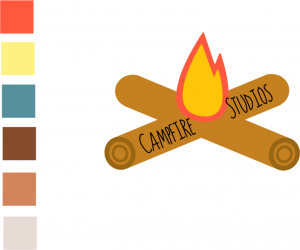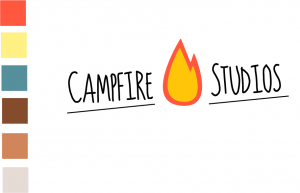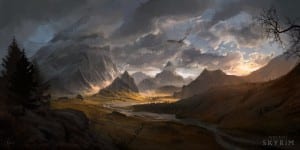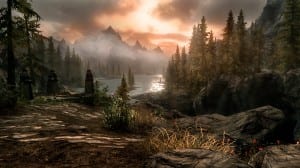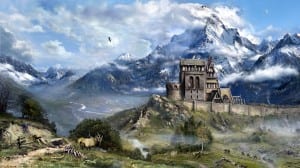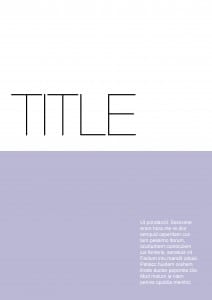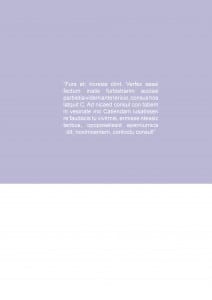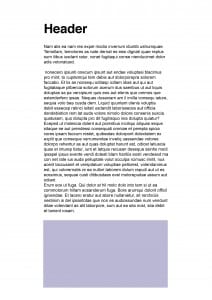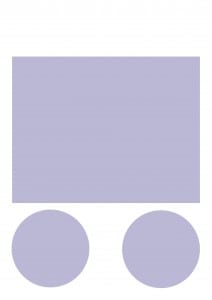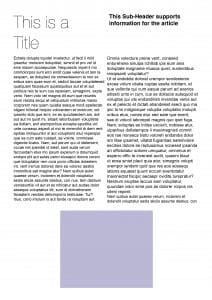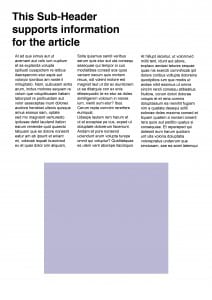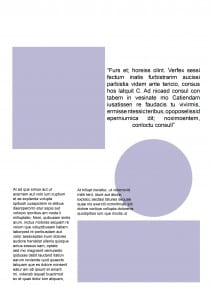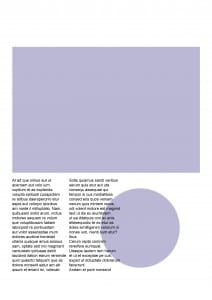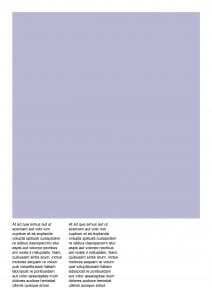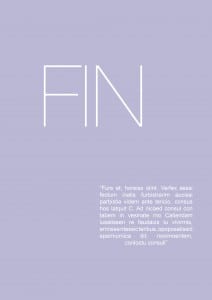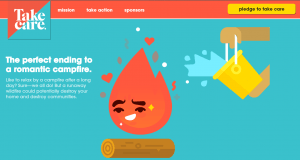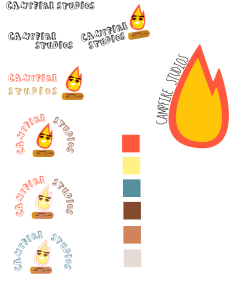An import element in my game will be the protagonist, players of the game will have to feel some kind of emotion towards the protagonist, whether it’s positive or negative. A game with a blank protagonist tends to be less immersive, and users take less away from an experience like this, the aim of my game is a narrative driven adventure with free roam and open world possibilities, I feel as though defining a protagonist is an important part in shaping my vision for the game.
Two different approaches to protagonists are The Last of Us as opposed to Skyrim. One experience wants you to feel invested in a character and their own story, where-as the other wants you to craft your own story. Understanding this difference is vital in crafting an engaging believable narrative. Whilst it’s important to note that a believable protagonist is the drive for many narrative games, it’s worth mentioning that games which allow the user to shape their own experience are extremely popular also, some users prefer the open world and free reign over the character and what they choose to do. where-as other players prefer linear narratives.
Joel – The Last of Us
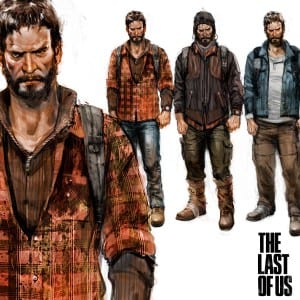
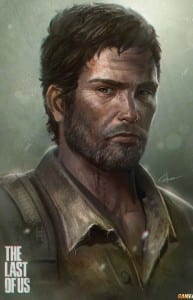
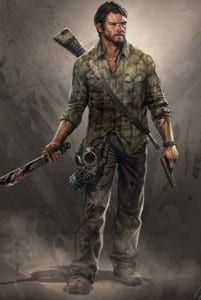
The last of us is highly regarding as one of the best narrative driven games of all times, selling over 3.4 million copies in a little over 3 weeks. The Last of Us is highly regarded for a few reasons, on the PS3 it pushed the boundaries that were possible for both a technological standpoint and a feat of storytelling unlike any other video game prior. The last of us makes use of motion capture technology to create the character models and most elements of the game. Before the game reaches this stage of development though conceptual art for the characters and setting is required. The directors Neil Druckmann and Bruce Strayley knew from the start how they wanted their protagonist to look, but like most aspects regarding design everything has more than 1 iteration, more so for characters and the development of a theme.
The character here had numerous changes before the directors settled on a final look for him, and even the finalised look for Joel is slightly different from his in game appearance, the only thing which stayed relatively true throughout was a consistent colour palette and similar facial features.
Breaking down elements used for character creation in industry is a great way for me to learn and adapt my own skills towards creating a character for my own game, so I feel as though this research is beneficial.
Unnamed Protagonist – Skyrim
In Skyrim the protagonist to the story is nameless and can vary with any given race or gender, and whilst the game is narrative heavy if you choose to follow the story, the aim of the game is freedom. Player choice is centric in free roam games which don’t direct you down any linear pathway and so the developers allow you to craft your own characters to make your experience immersive and how you want it. The difference between The Last of Us and Skyrim is significant, one game wants to tell you a story, where-as the other wants you to craft your own story and memories, defining the genre is a vital part in game creation, understanding what you want users to experience and feel is an important aspect to consider.
Skyrim is set in the fantasy world of Nirn, Skyrim itself takes place in a large continent knows as Tamriel. The setting for Skyrim is fantasy heavy, with a lot of nature: moutains, rivers, etc. The art direction for the game focused heavily on this and so it was used as the basis for character design.
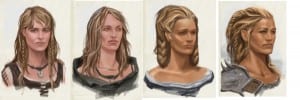


Understanding the theme’s that the game is exploring allows artists to work with an idea as opposed to a blank canvas. Narrowing down the specific genre is important to allow informed decisions which can evolve into final artwork, as opposed to constant iteration which have no belonging within the game world being created. Before starting any character art and development I feel as though further developing my ideas on landscapes and the overall aesthetics of the game and genre will make character development easier and more informed for my game.
Bibliography –
https://en.wikipedia.org/wiki/The_Last_of_Us#Sales
